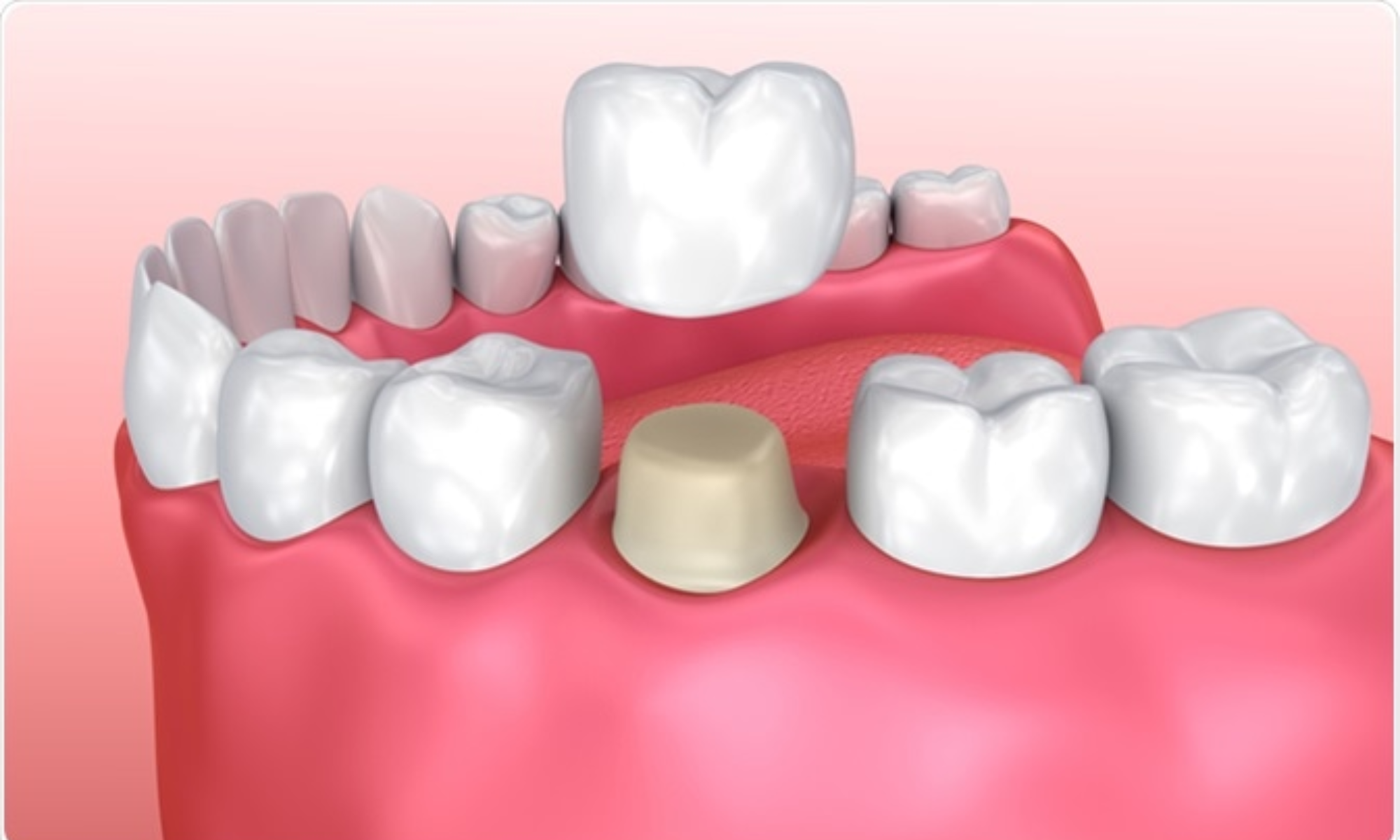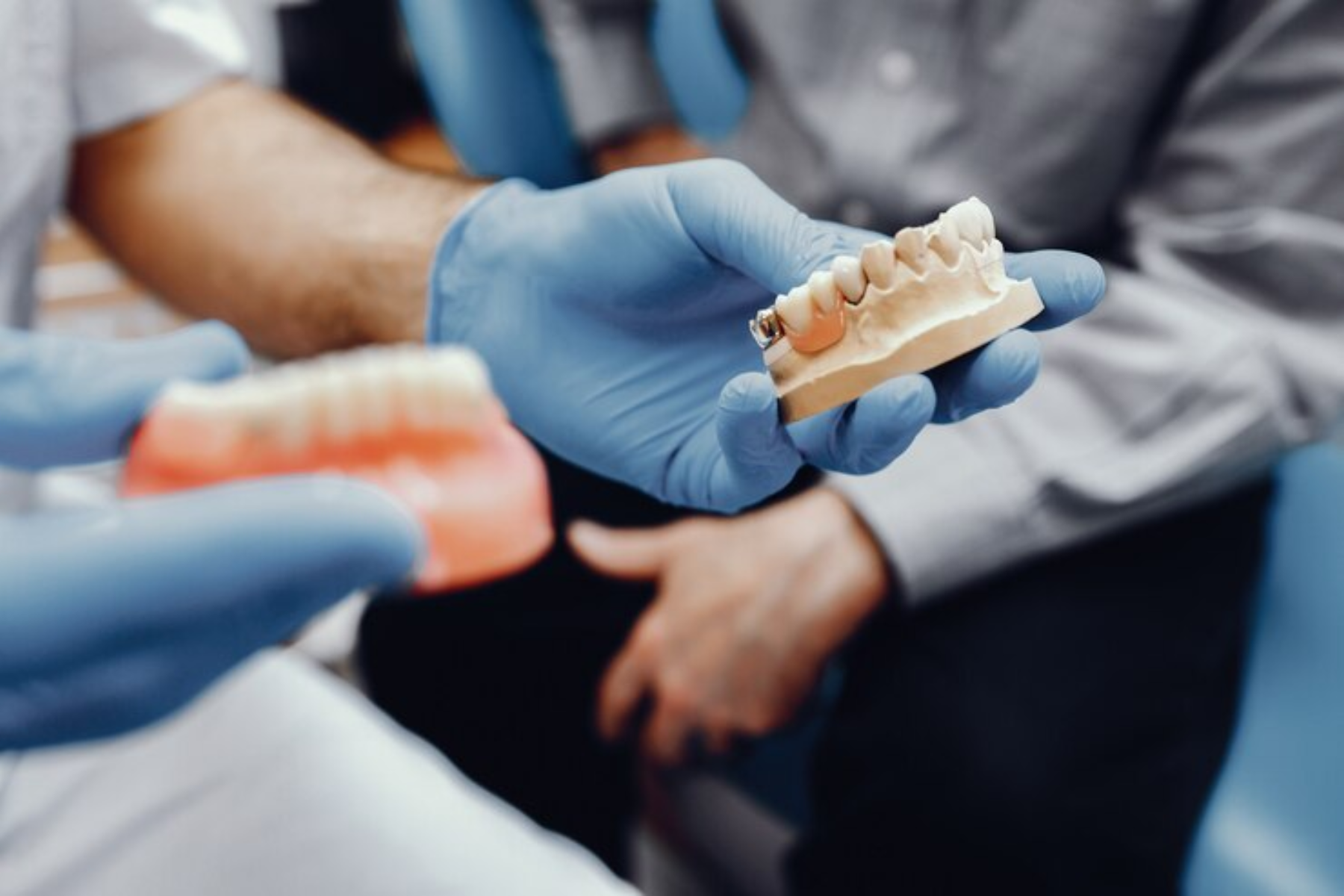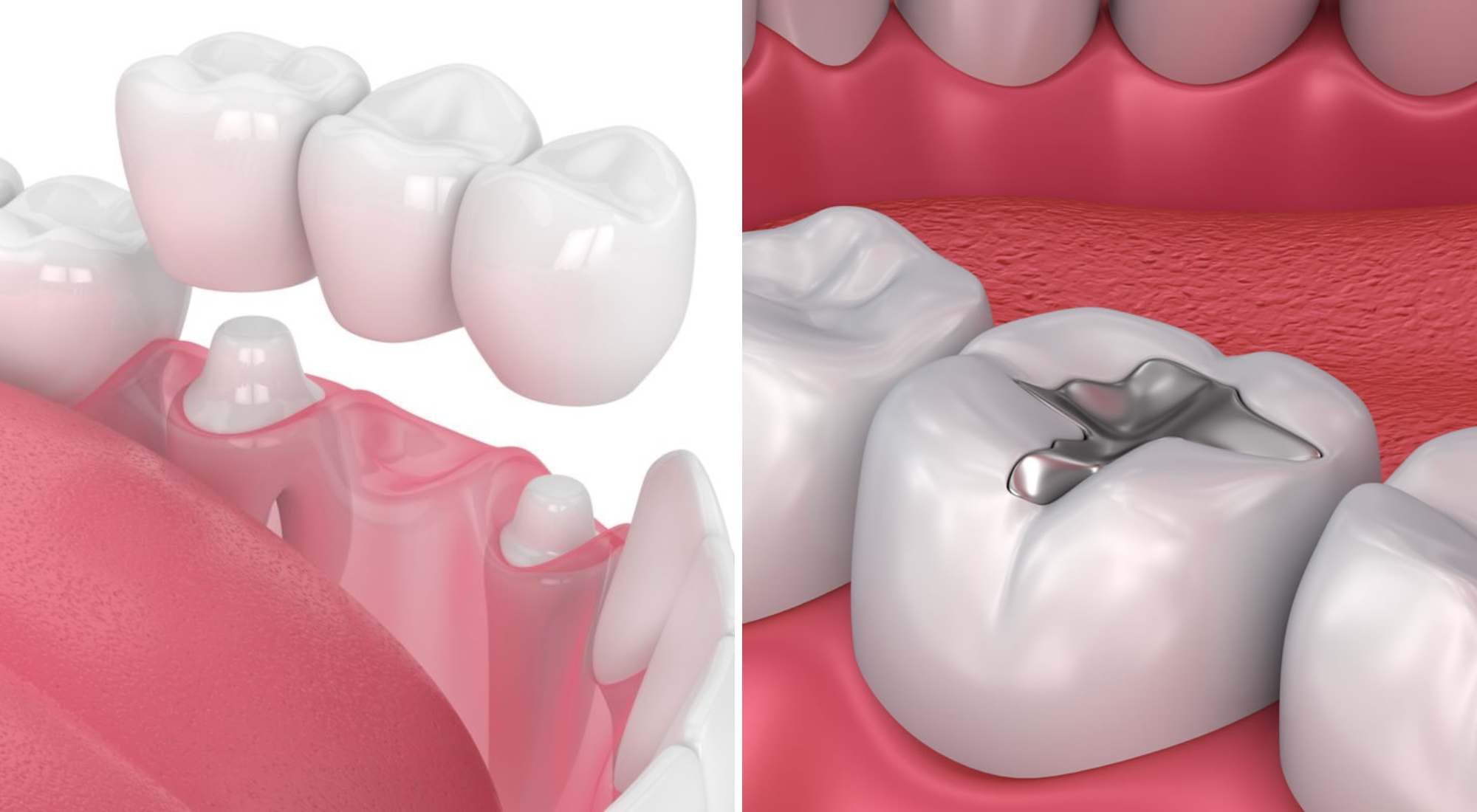We are not a registered Medicare/Medicaid Provider
Getting a Broken Crown Repaired or Replaced

A dental crown is a common dental restoration used to protect and strengthen a tooth that has been weakened by decay, trauma, or other factors. While crowns are durable, they can still become damaged over time. When a crown breaks or becomes loose, it’s important to address the issue promptly to prevent further damage to the tooth and surrounding oral structures. In this comprehensive guide, we’ll explore everything you need to know about getting a broken dental crown repaired or replaced.
Understanding Dental Crowns:
Before delving into the process of repairing or replacing a broken dental crown, it’s essential to understand what dental crowns are and how they function. A dental crown is a custom-made cap that covers the entire visible portion of a tooth above the gum line. It restores the tooth’s shape, size, strength, and appearance, allowing it to function properly.
Causes of Crown Damage:
Dental crowns can become damaged due to various reasons, including:
- Trauma: Accidental falls, blows to the face, or biting down on hard objects can cause a crown to chip, crack, or become dislodged.
- Tooth Decay: If the underlying tooth structure develops decay, it can compromise the integrity of the crown.
- Wear and Tear: Over time, normal wear and tear can weaken the bond between the crown and the tooth, leading to issues such as loosening or fracturing of the crown.
- Poor Oral Hygiene: Neglecting oral hygiene practices can result in gum disease, which may cause the supporting tissues around the crown to deteriorate, increasing the risk of crown failure.
Assessing the Damage:
When a dental crown breaks or becomes damaged, it’s essential to assess the extent of the damage before determining the appropriate course of action. Here are some steps involved in assessing a broken crown:
- Visual Inspection: Carefully examine the crown to determine the nature and extent of the damage. Look for signs of chipping, cracking, or detachment from the underlying tooth.
- Sensitivity or Discomfort: If the damaged crown causes sensitivity or discomfort, it may indicate that the underlying tooth structure is exposed or compromised.
- X-ray Evaluation: X-rays can help identify any underlying issues, such as decay or damage to the tooth structure beneath the crown.
Repairing a Broken Crown:
In many cases, a broken dental crown can be repaired rather than replaced entirely. The repair process typically involves the following steps:
- Removal of the Old Crown: If the crown is partially or completely dislodged, it may need to be removed entirely before repairs can be made.
- Evaluation of the Tooth: Once the old crown is removed, the underlying tooth structure is evaluated to ensure it’s healthy and free of decay.
- Crown Repair: Depending on the nature of the damage, the crown may be repaired using dental bonding material or composite resin. The dentist will carefully reshape and bond the damaged areas to restore the crown’s integrity.
- Bonding the Crown: Once the repair is complete, the crown is carefully bonded back onto the tooth using dental cement.
Replacing a Broken Crown:
In some cases, a broken dental crown may need to be replaced entirely, especially if the damage is extensive or if the underlying tooth structure is compromised. The process of replacing a broken crown typically involves the following steps:
- Removal of the Old Crown: Similar to the repair process, the old crown is removed to assess the underlying tooth structure.
- Preparation of the Tooth: The tooth is reshaped and prepared to accommodate the new crown. This may involve removing any decayed or damaged tooth structure.
- Impressions: An impression of the prepared tooth is taken to create a custom-made crown that fits accurately.
- Temporary Crown: While the permanent crown is being fabricated in a dental laboratory, a temporary crown may be placed to protect the tooth.
- Placement of the Permanent Crown: Once the permanent crown is ready, it is placed and bonded onto the prepared tooth using dental cement.
Post-Repair/Replacement Care:
After repairing or replacing a broken dental crown, it’s essential to follow proper oral hygiene practices to maintain the health and longevity of the restoration. Here are some tips for post-repair/replacement care:
- Brush and floss regularly to prevent plaque buildup and maintain good oral hygiene.
- Avoid chewing hard or sticky foods that could potentially damage the crown.
- Attend regular dental check-ups and cleanings to ensure the crown and underlying tooth remain healthy.
- Report any issues or discomfort to your dentist promptly to prevent further complications.
A broken dental crown can be a cause of concern, but with prompt attention and appropriate care, it can be repaired or replaced effectively. By understanding the causes of crown damage and the steps involved in repairing or replacing a broken crown, you can take proactive measures to restore your smile and oral health. If you have a broken dental crown, don’t hesitate to consult your dentist for evaluation and treatment options. Your dentist will work with you to determine the best course of action to restore the function and aesthetics of your smile.

